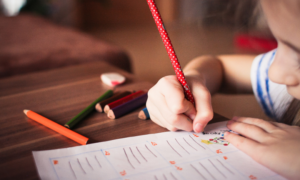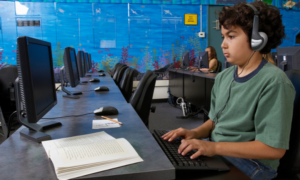
Support for students with dysgraphia
It is crucial to involve the school administration and teachers to provide support for students with dysgraphia. Accommodations, modifications and remediations can help the child cope with struggles associated with dysgraphia. Parents may approach the school to request the needed services and support if the child is formally diagnosed with dysgraphia. Since children with dysgraphia have a neurological condition, asking them to “practice harder” and “increase concentration on what they want to say” by writing often does not help them. They require the proper kind of support that suits their needs and addresses the actual issue, which has nothing to do with laziness or intelligence. With the appropriate letter-formation techniques, using specific handwriting-specific training programs, and fixing incorrect grips, schoolteachers can help children with dysgraphia. Besides, assistive technology and other devices, like dictation software, can also prove beneficial.
Schools can help children with dysgraphia in the following ways:
Support for students with dysgraphia – Accommodations: Schools can provide alternatives to written expression
- Oral exams and assignments, wherever possible, in place of written ones
- Allowing the use of a computer to type instead of having to hand-write
- Shorter writing tasks, or audio or visual assignments instead of written ones

Support for students with dysgraphia – Modifications: Schools can adjust expectations from the child or minimize given tasks
- Providing copies of the class notes to reduce the work of writing or a designated note-taker in the classroom
- Extra time on tests and assignments with a modified syllabus
- Provision of lecture notes in digital form or as printouts
- Providing writing implements with a special grip that makes the task of writing easier
Support for students with dysgraphia – Remediation: Special educator can provide instruction for improving handwriting and writing skills
- For guiding children, provide them with paper with raised lines
- Practice writing letters in the air for motor memory
- Teaching proper grip, posture for writing
- Break assignments into small parts or create a step-by-step instruction sheet